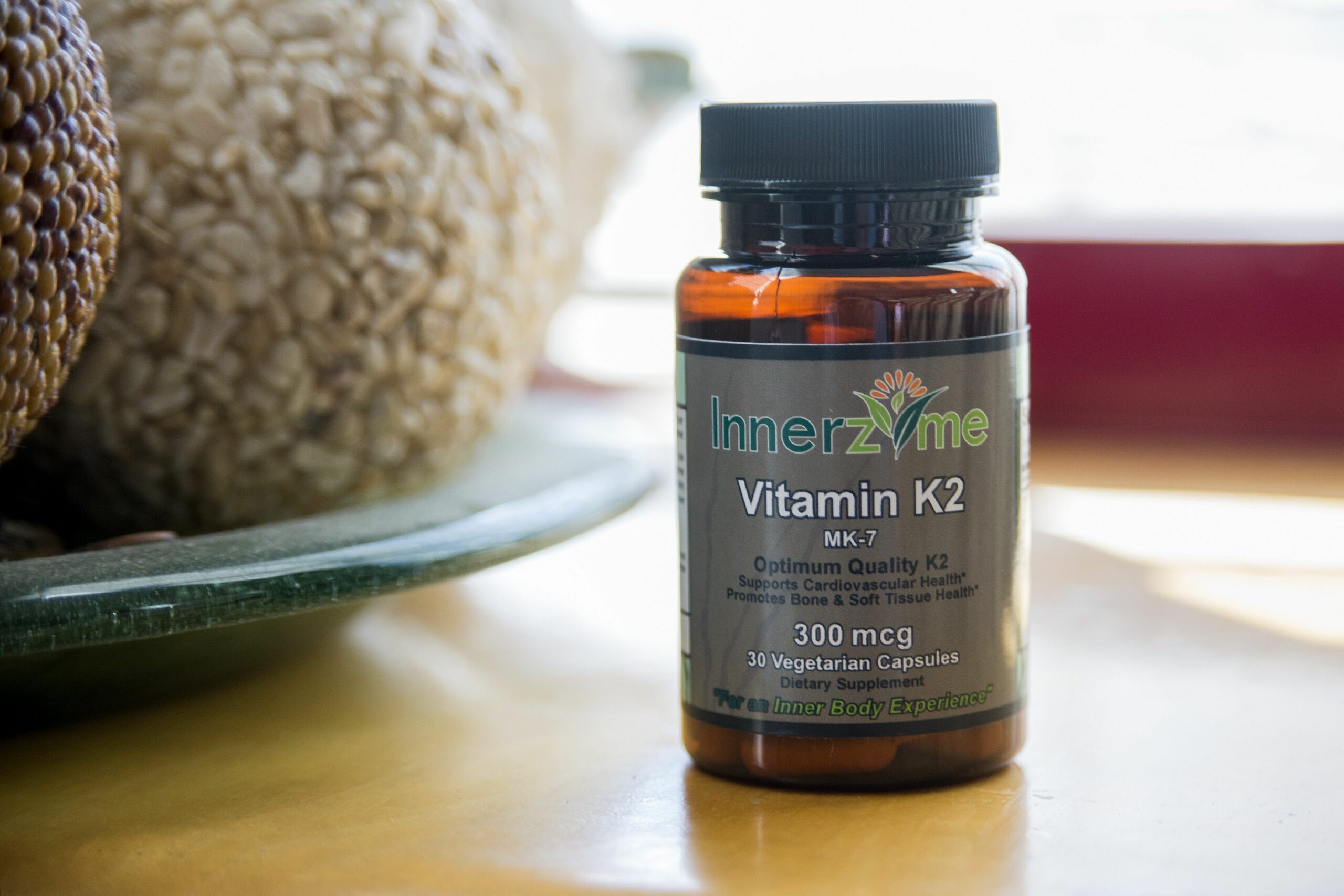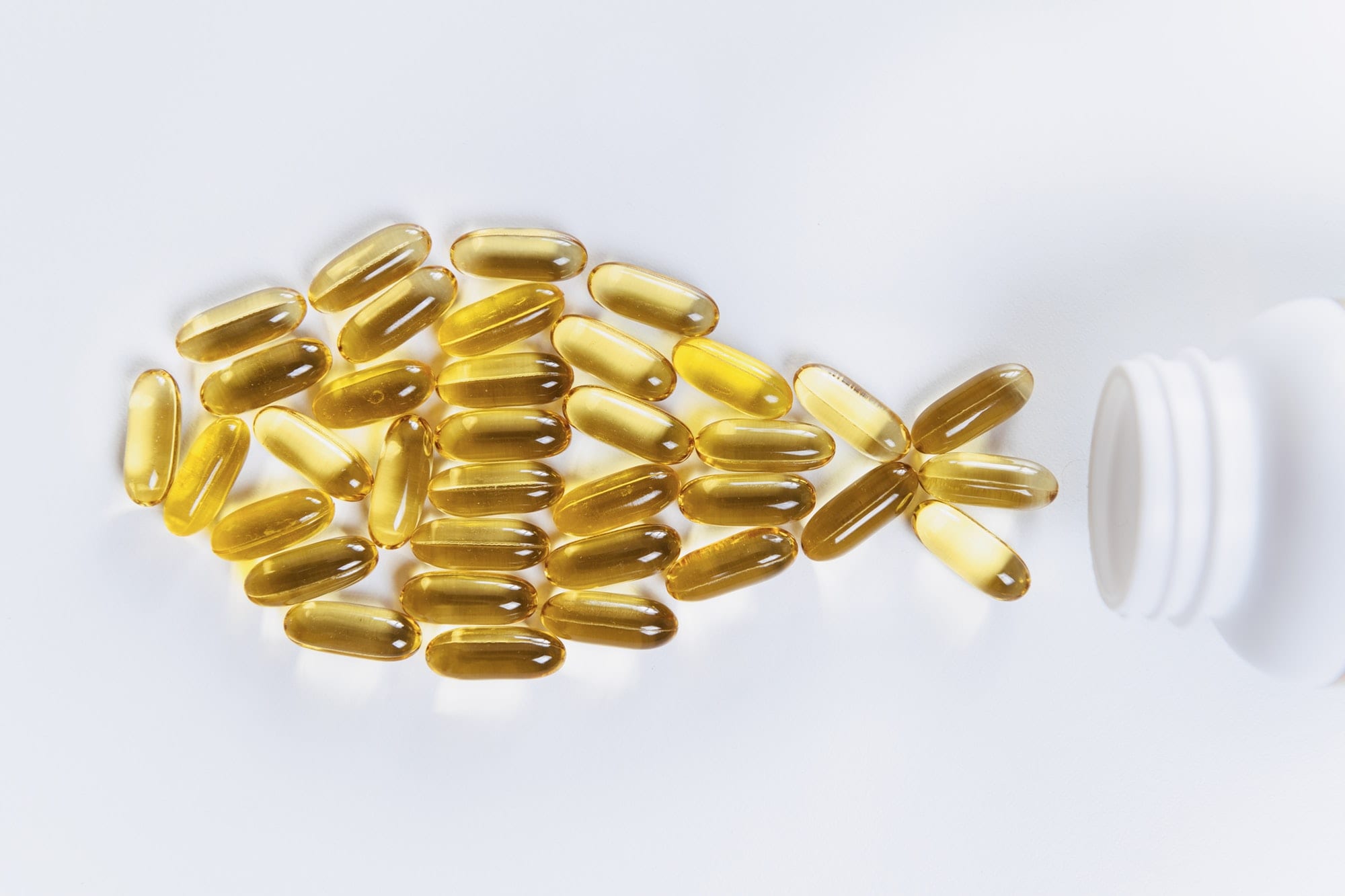introduction
Vitamin A is a fat-soluble vitamin that is essential for maintaining good health and well-being. It plays a crucial role in various bodily functions, including vision, immune system support, skin health, and more. In this comprehensive guide, we will delve into the numerous benefits of vitamin A, its dietary sources, recommended intake, and potential risks associated with deficiency or excessive consumption.
Understanding Vitamin A
Vitamin A is a group of compounds that includes retinol, retinal, and retinoic acid. These compounds are collectively known as retinoids, and they are essential for various physiological processes in the human body. There are two primary sources of vitamin A:
- Preformed Vitamin A: This form of vitamin A is found in animal products such as liver, fish, and dairy. It is also available in supplement form as retinyl esters or retinol.
- Provitamin A Carotenoids: These are plant compounds that the body can convert into active vitamin A. The most well-known provitamin A carotenoid is beta-carotene, which is found in colorful fruits and vegetables like carrots, sweet potatoes, and kale.
Benefits of Vitamin A
Vision Health
One of the most well-known benefits of vitamin A is its critical role in maintaining healthy vision. Retinol, an active form of vitamin A, is necessary for the proper functioning of the retina, a part of the eye that is responsible for converting light into nerve signals that are sent to the brain. A deficiency in vitamin A can lead to night blindness and, in severe cases, even total blindness.
Immune System Support
Vitamin A is essential for a robust immune system. It helps regulate the immune response to infections by enhancing the production and function of white blood cells. Additionally, it plays a role in maintaining the integrity of mucosal surfaces in the respiratory, gastrointestinal, and urinary tracts, which act as barriers against invading pathogens.
Skin Health
Vitamin A is often referred to as the “skin vitamin” due to its role in maintaining healthy skin. It is a key component in the production of collagen, a protein that provides structure and elasticity to the skin. This vitamin also supports skin cell growth and repair, helping to prevent dry, flaky skin and conditions like acne.
Growth and Development
During early childhood and pregnancy, vitamin A is crucial for growth and development. It supports bone growth, aids in the formation of healthy teeth, and is necessary for the proper development of various organs. Pregnant women are often advised to ensure an adequate intake of vitamin A to support the healthy growth of the fetus.
Reproductive Health
In both men and women, vitamin A plays a role in reproductive health. In men, it is essential for sperm production and motility. In women, it contributes to the development and maintenance of the placenta during pregnancy.
Antioxidant Properties
Vitamin A, particularly in the form of beta-carotene, serves as a powerful antioxidant. Antioxidants help protect cells from damage caused by free radicals, unstable molecules that can lead to cellular damage and various diseases, including cancer and heart disease.
Red Blood Cell Production
Vitamin A is involved in the production of red blood cells and helps maintain healthy blood levels. A deficiency in vitamin A can lead to anemia, which can cause fatigue, weakness, and other health issues.
Bone Health
Vitamin A, in combination with other vitamins like D and K, plays a role in maintaining healthy bones. It is necessary for the development and maintenance of bones, helping to prevent conditions like osteoporosis.
Regulation of Gene Expression
Vitamin A is also involved in the regulation of gene expression. It acts as a transcription factor, which means it helps control the activity of various genes, impacting processes like cell differentiation and growth.
Dietary Sources of Vitamin A
To enjoy the benefits of vitamin A, it’s essential to maintain a diet that includes foods rich in this vitamin. Here are some dietary sources of vitamin A:
Animal Sources
- Liver (beef, chicken, and pork)
- Fish (such as salmon)
- Eggs
- Dairy products (milk, cheese)
Plant Sources (Beta-Carotene)
- Carrots
- Sweet potatoes
- Spinach
- Kale
- Mangoes
- Cantaloupe
- Apricots
Fortified Foods
Some food products, such as breakfast cereals, are fortified with vitamin A.
Supplements
Vitamin A supplements are available in various forms, including retinyl esters and beta-carotene. It’s important to consult with a healthcare professional before taking vitamin A supplements, as excessive intake can have adverse effects.
Recommended Intake
The recommended daily intake of vitamin A varies by age, sex, and life stage. The values are typically measured in micrograms (mcg) of retinol activity equivalents (RAE), as it accounts for the different forms of vitamin A and their varying biological activity.
Here are the recommended dietary allowances (RDAs) for vitamin A
- Infants (0-6 months): 400 mcg RAE
- Infants (7-12 months): 500 mcg RAE
- Children (1-3 years): 300 mcg RAE
- Children (4-8 years): 400 mcg RAE
- Children (9-13 years): 600 mcg RAE
- Adolescents (14-18 years):
- Males: 900 mcg RAE
- Females: 700 mcg RAE
- Adults (19 years and older):
- Males: 900 mcg RAE
- Females: 700 mcg RAE
Pregnant and breastfeeding women may require higher levels of vitamin A. It’s essential to consult with a healthcare provider to determine the appropriate intake during these life stages.
Risks Associated with Vitamin A
While vitamin A is essential for good health, both deficiency and excess can have adverse effects.
Vitamin A Deficiency
Vitamin A deficiency is a global health issue, particularly in regions where diets lack diversity and access to nutritious foods is limited. Common symptoms and health issues associated with deficiency include:
- Night blindness
- Dry, rough skin
- Increased susceptibility to infections
- Impaired growth in children
- Corneal ulcers
- Total blindness in severe cases
Excessive Vitamin A Intake
Hypervitaminosis A, or excessive vitamin A intake, can occur when individuals consume large amounts of preformed vitamin A from animal sources or supplements. Symptoms of excessive intake include
- Nausea
- Dizziness
- Headaches
- Bone and joint pain
- Hair loss
- Skin changes, including peeling and itching
- Liver damage (in severe cases)
It’s important to note that hypervitaminosis A is unlikely to occur from consuming plant-based sources of vitamin A, as the body only converts provitamin A carotenoids into active vitamin A as needed.
Conclusion
Vitamin A is a vital nutrient that supports various aspects of health and well-being. From maintaining healthy vision to boosting the immune system, promoting skin health, and contributing to growth and development, the benefits of vitamin A are far-reaching. By ensuring a balanced diet that includes foods rich in vitamin A, individuals can harness its advantages while avoiding the risks associated with deficiency or excessive intake.
Remember that the best way to meet your vitamin A requirements is through a well-balanced diet that includes a variety of foods, both animal and plant-based, rich in this essential nutrient. If you have specific health concerns or dietary restrictions, consult with a healthcare professional or a registered dietitian to tailor your vitamin A intake to your individual needs. With a mindful approach to nutrition, you can optimize your health and enjoy the numerous benefits of vitamin A throughout your life.
- CBD Oil By 43cbd-The Ultimate Review of Top CBD Oil Brands - March 11, 2024
- The Comprehensive Guide to the Benefits of Vitamin A - October 31, 2023
- The Comprehensive Guide to the Benefits of Omega-3 Fatty Acids for Vegans - October 31, 2023




